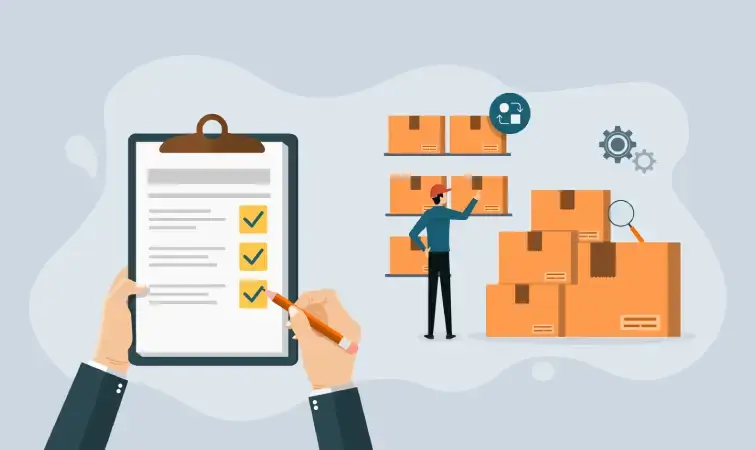Small businesses are self-driven businesses, where owners have a lot on their plate because they are responsible for everything starting from the commencement of the business, marketing, sales, budget planning, handling payroll, and other administrative operations. In today’s competitive world, data-driven businesses are dominating the market and SMEs are using latest technology to run their businesses more smoothly and efficiently. The latest technology, such as cloud-computing, mobile apps, Business Intelligence (BI), and SAP help SMEs to transform their businesses more effectively.
Following ways can help SMEs to rejuvenate their businesses to a successful path.
Competitors’ Performance
There are many tools in the market facilitating study of the performance of your business against your competitors. For example, depending on the nature of your business you can get a comparison report indicating number of outlets, product quantity sold, revenues, etc. These reports help in analyzing trends of performance vis-à-vis competitors. It helps compare your strategy outcome with competitor strategy outcome. Using Business Intelligence (BI) philosophy, SMEs can analyze their strategies to create new strategic business opportunities. The best example of BI software can be Tableau software.
Sales Performance
Using latest technology (like cloud computing), generating reports have become handy. SMEs can generate weekly, quarterly, half-yearly, or even yearly reports to track the sales. A sales report is not just about how many sales were realized, but also about how many customers came and at various stages of the process left before closing a sale. These reports will help bring this information to light and give scope to SME’s where they can further increase their sales by improving the sales closure rate. Cloud computing and mobile application technology can help SMEs to accelerate research and add value to new as well as existing products.
Supply and Demand Trend
SMEs can generate supply and demand reports and take decisions accordingly to focus on how to increase your sales. They should keep the track of demand for their products and keep adequate units ready for supply. This helps reducing overhead cost of warehousing, etc. SMEs can use analytics tools to unify all data from multiple sources into single repository, create interactive dashboards and reports, and visualize the solutions for further improvements in the business.
Buying Trends
SMEs can study their buyer’s behavior and values via market and consumer trends. For example, observing buying trend can indicate which products are high in demand, which product have been bought with some other product, etc. These types of strategies can help SMEs to pitch their product in the market accordingly.
Guide Employees for Better Performance
SMEs can generate effort to outcome reports to help employees how to be effective and productive in the organization.
Marketing Campaign Efficiency
Marketing campaigns can be expensive, and it is important to know what steps to be taken to increase sales. SMEs can view metrics pre-and post-marketing campaign. Especially take advantage of campaign response and reach reports when campaigning on social media.
Manage Supply Chain
Generate reports to check the patterns of customers’ preference, and the overall logistics of the business is also very important for the SME.
Dynamic Pricing Trend
Review past pricing trends for your products and combine with analytics to receive recommendations.
Inventory reports
Having inventory reports is always critical when taking decisions in relation to campaigns or pricing, etc. Inventory trends can also help analyzing replenishment needs from suppliers to the SMEs.
Conclusion
There can be other kinds of reports that can help SMEs to grow their businesses. Investment in latest technologies, such as cloud computing, BI, analytics tools, etc. will help them to boost their businesses. These latest technologies help the SMEs (who do not have the capability of supporting large IT teams) to get enterprise-class technology solutions and lower the other costs.






